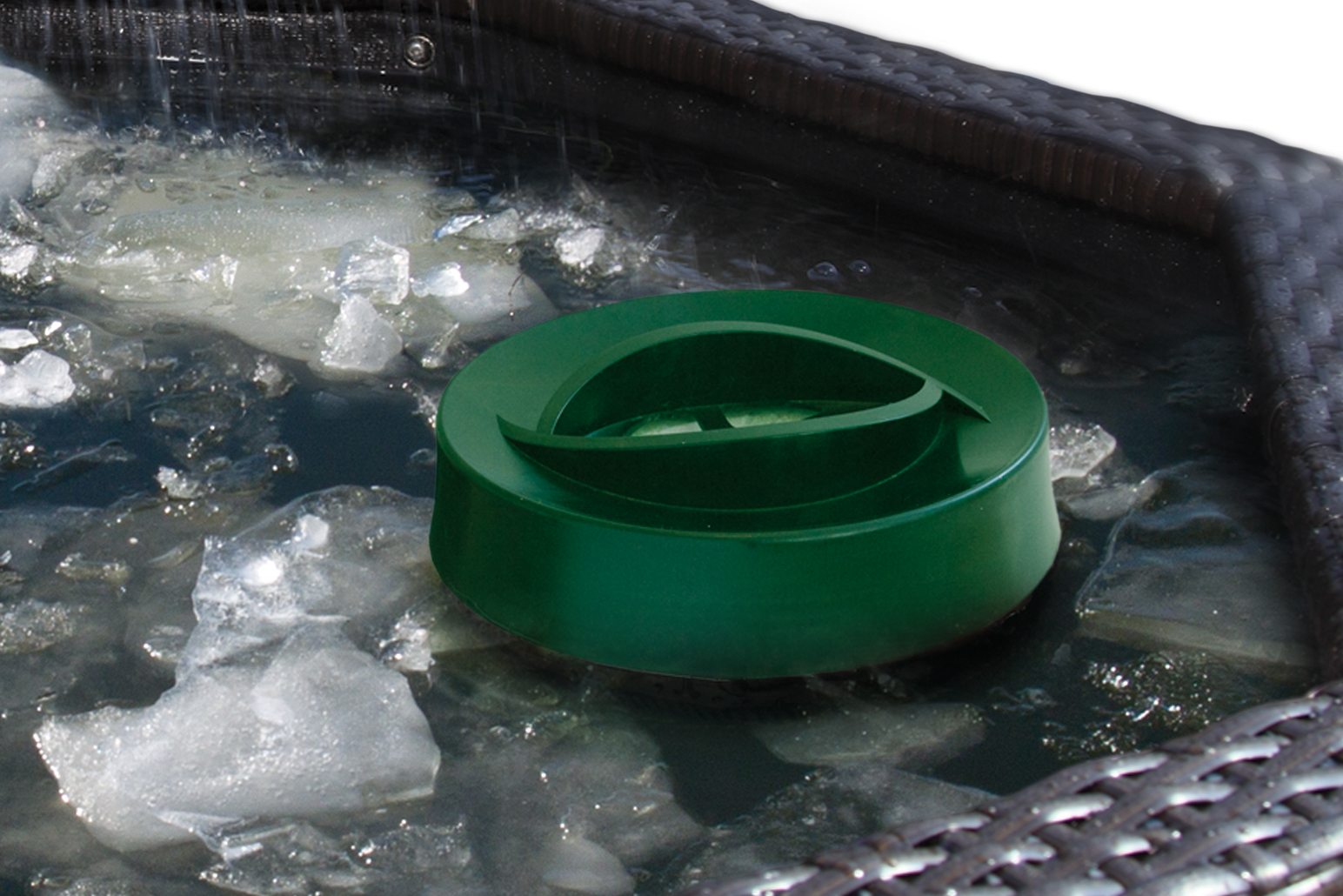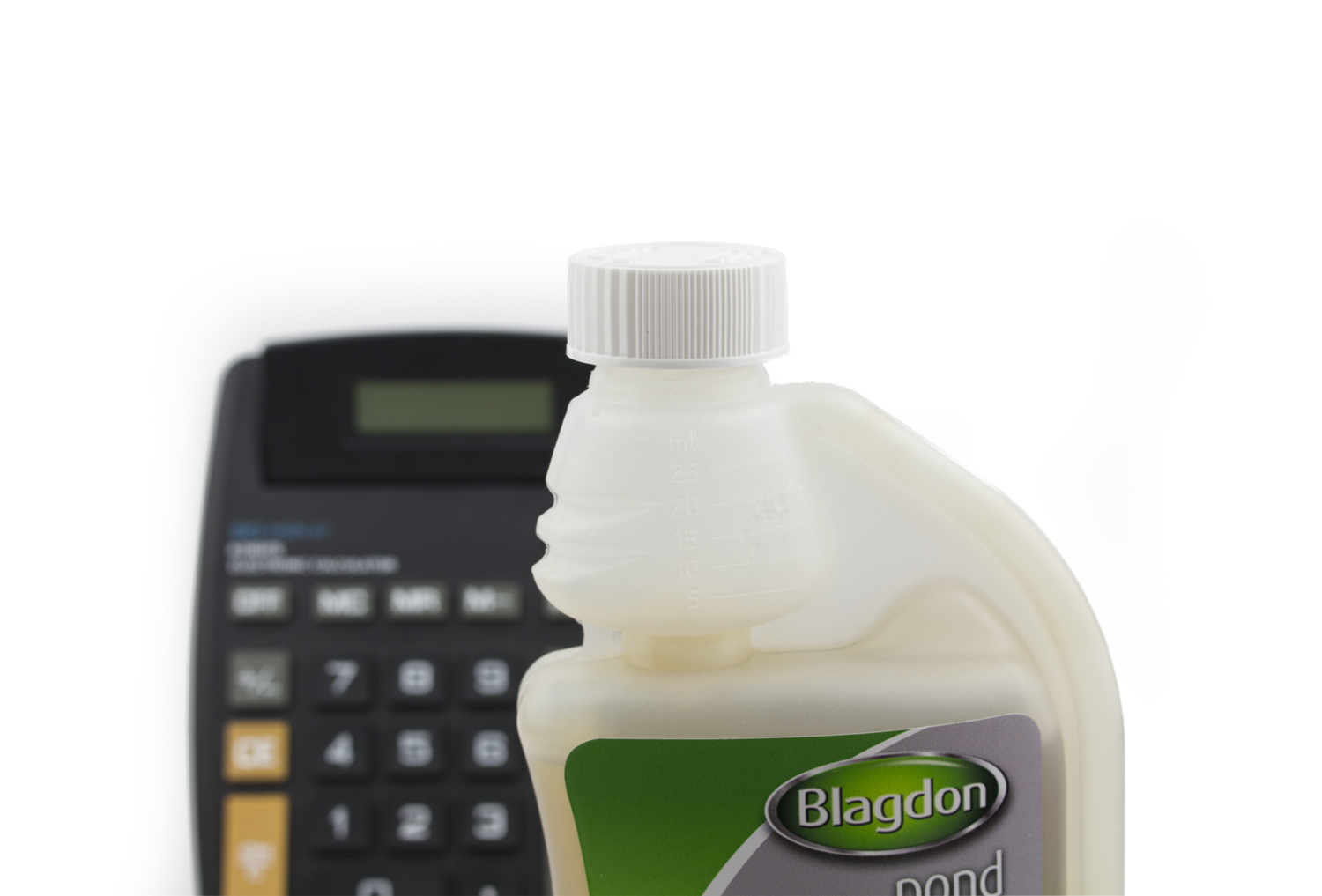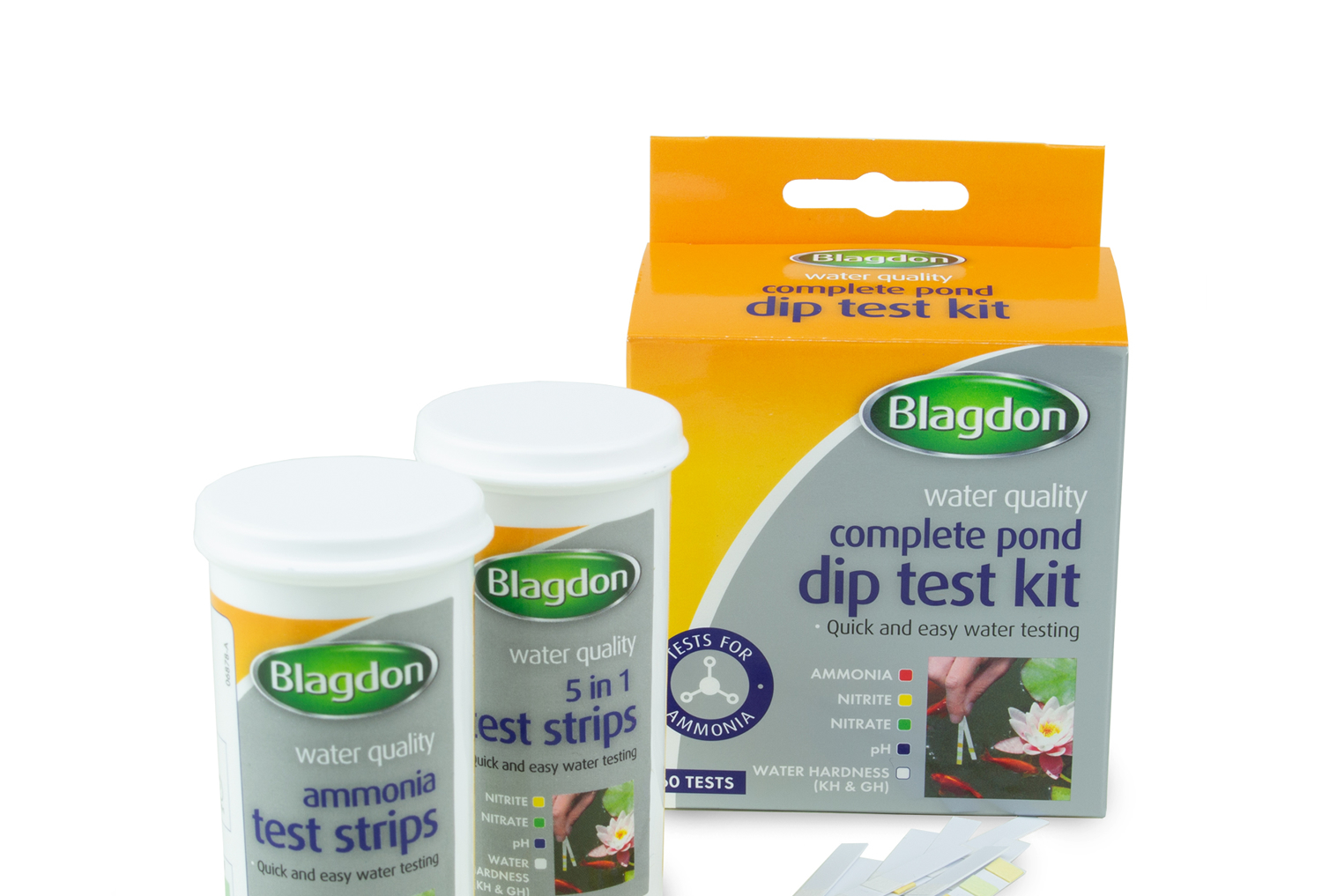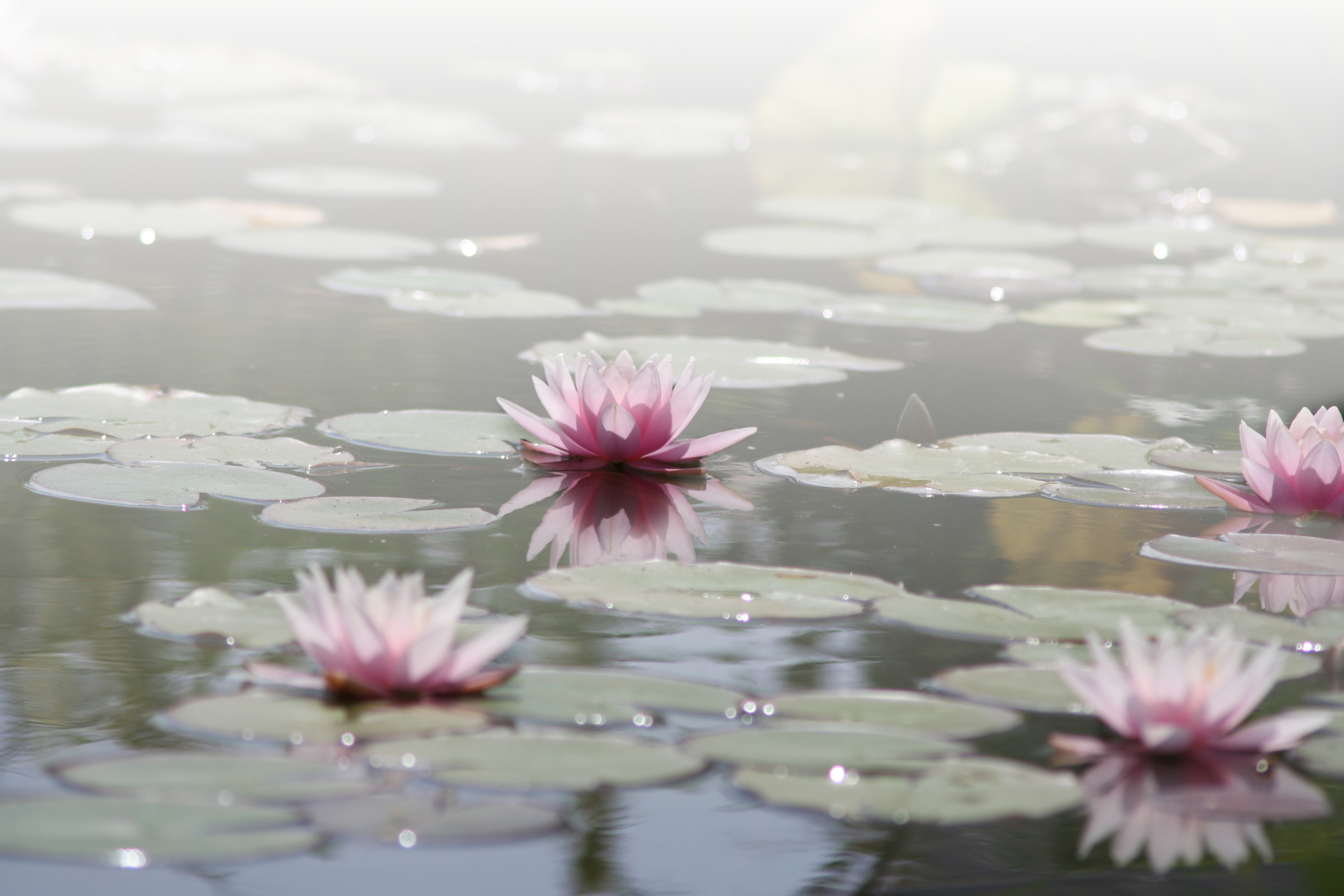
Will my fish survive winter if the pond freezes?
Yes, if you prepare the pond properly.
Pond fish will very happily live in a UK pond all year round as long as there is sufficient oxygen and water quality is good. To make sure this is achieved, it is necessary to keep an area of the pond surface ice-free all the way through winter. This will ensure that the necessary gaseous exchanges can continue to keep your pond and fish healthy. Without a “vent” area, poisonous gases will build up under the ice creating unhealthy water quality, these gases are caused by the breakdown of organic waste within the pond. Your fish also require oxygen to survive which enters through the surface of the water as the pond circulates. Without a “vent” this cannot be achieved and will result in low oxygen levels in the pond. It is also advised to keep your filtration running through the winter to ensure waste is removed from the pond to prevent pollution. Waterfalls and fountains can drop the water temperature, so re-directing flow away from waterfalls is good practice.
How can I stop my pond freezing over?
The most efficient way to keep an ice free area of your pond is to introduce a pond heater like the Affinity Ice Vent Heater. It is not essential to heat the whole pond as pond fish will happily live in wintery water, however the heater will prevent an area of the surface freezing. Under no circumstances should you smash ice on the surface of the pond or use hot/boiling water to melt ice. This can cause serious trauma to your fish. If you need to make a hole in the ice do so by pouring warm water gently in one location to create an opening.
The Affinity Ice Vent Pond Heater has a unique convection chamber design resulting in it needing less power to run (just 50 watts) compared to other heaters, saving you money.
Find out more about the Blagdon Affinity Ice Vent Pond Heater in the video below:
What else can I do to help my fish?
To help your fish further, you can re position your pumps and filter outlets to create a warmer bottom of the pond and a cooler top. Once the water temperature drops below 4°c, warm water becomes denser and moves to the bottom of the pond. Fish will naturally swim in the warmer part of the pond during winter and adjusting your pumps and filters can ensure they are happy and “warm” until the following spring. Raise pumps from the base of the pond to ledges and move filter outlets under the pond surface and direct their flow horizontally so cold water is not pushed to the bottom of the pond. This will create a temperature divide within the pond, whilst still retaining circulation and filtration for healthy fish.







